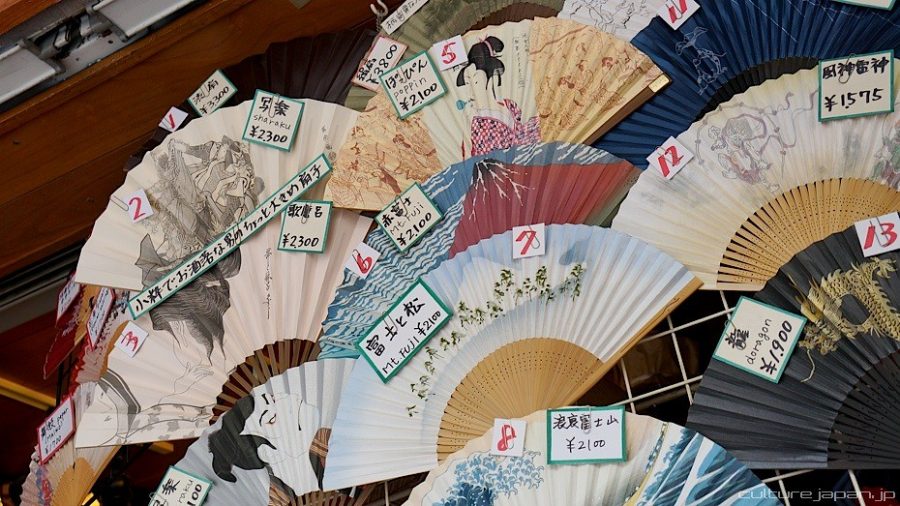Sensu; The Japanese Traditional Fan
November 22, 2021
The Sensu fan was originally brought up in the 6th-9th centuries in Japan.
These fans are used for Japanese traditions such as tea ceremonies, greetings and customary dances. In tea ceremonies, you are expected to carry a sensu with you but using it during the ceremony is prohibited. The Japanese believe that spirits live in this fan, and use it to ward off evil, so states “Trends in Japan” on Web-Japan.org.
“Apart from being used in daily life, Sensu also appears in many areas of Japanese traditional culture,” Web-Japan states.
Made out of bamboo and paper, they are based on flat fan hands that are designed to fold up but still be able to provide flurries of wind. Not only is there a design for right handed people, but as well as left handed.
“They have been offered as gifts with Japanese poetry written on them, they have been used in ceremonies and performing arts, and they have been exchanged as presents,” as explained in the Fashion & Design category in Web-Japan.org.
For cultural dancing, sensu fans also express what the dancer is like, “In traditional arts, Sensu creates a diverse range of expression for conveying human sentiment without any other props or stage devices.”
“The fans are used in classical Japanese dance to create elegant expressions of emotion and sentiment.” Waving fans aren’t only just used to keep cool from the heat, but are a big deal in foreign lands.


